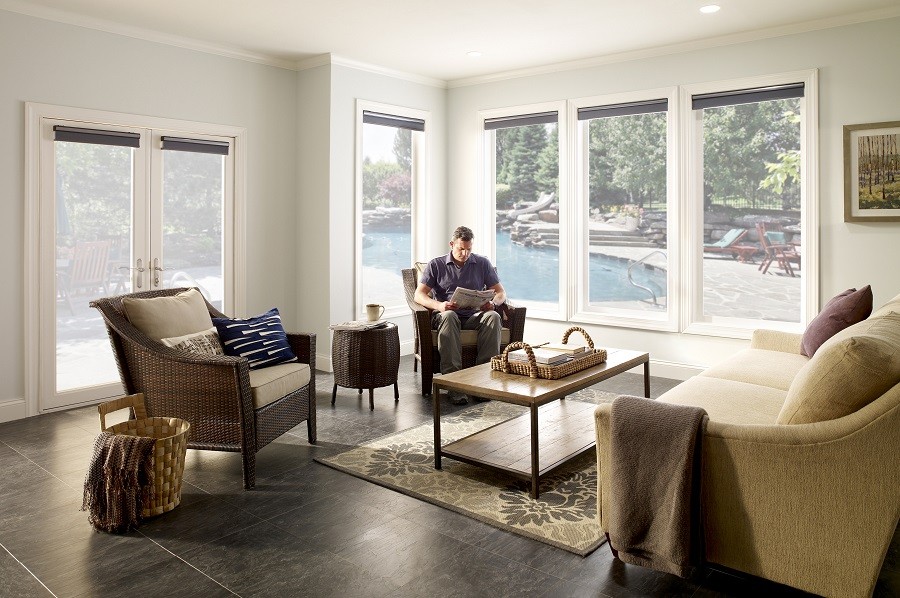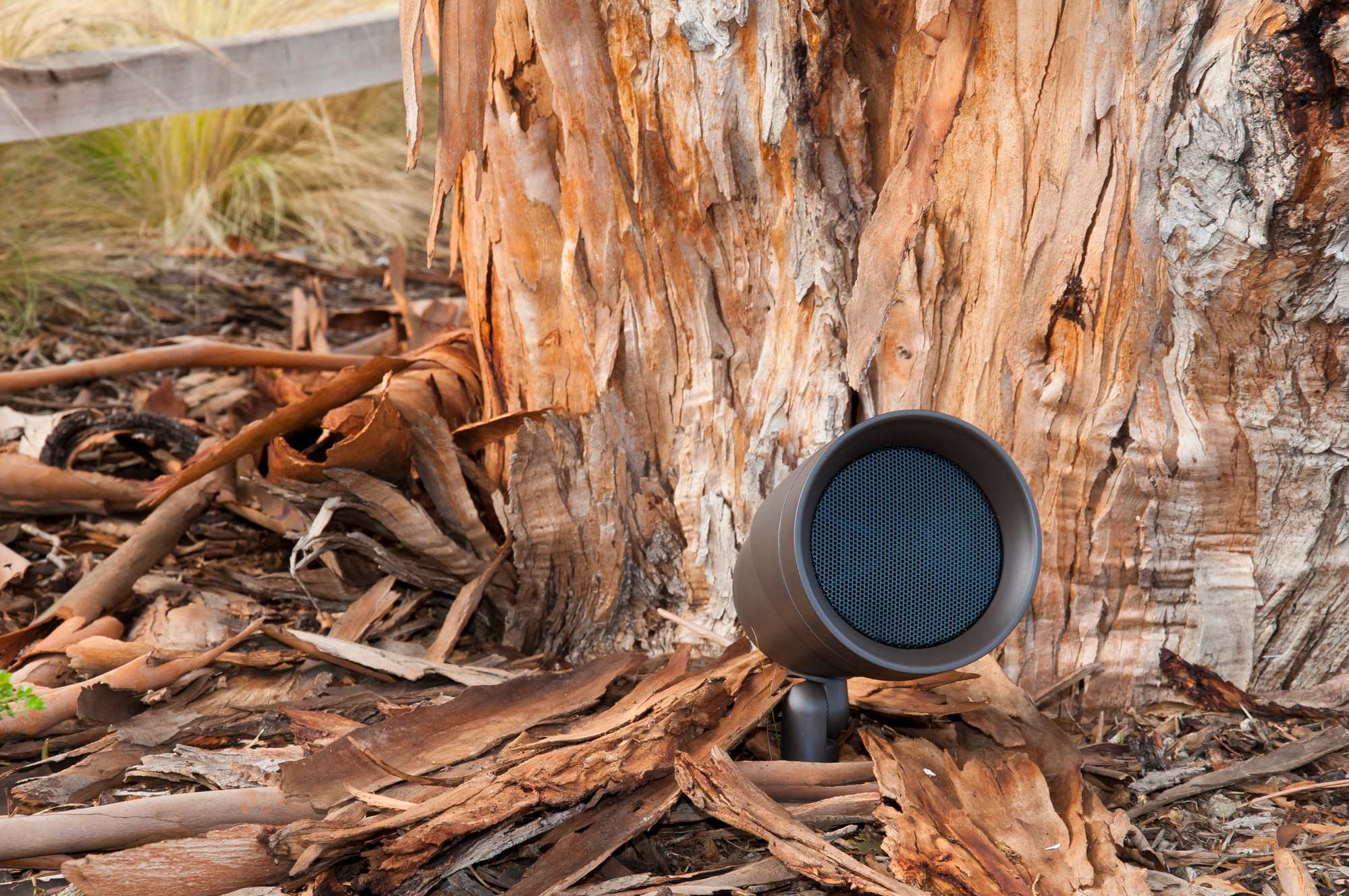Outdoor lighting is one of the most important components for your Memorial, Texas home’s style and functionality. Not only does it enhance your security by eliminating darkness around your home, but it also makes your outdoor spaces more livable, valuable and beautiful. For this reason, it’s important that you invest in a professional landscape lighting system that is able to meet your family’s unique needs. These are the steps our team takes to ensure you have a reliable, easy-to-use system.
SEE MORE: Boost Your Landscape Lighting With Smart Control
1. Finding Out What You Want




